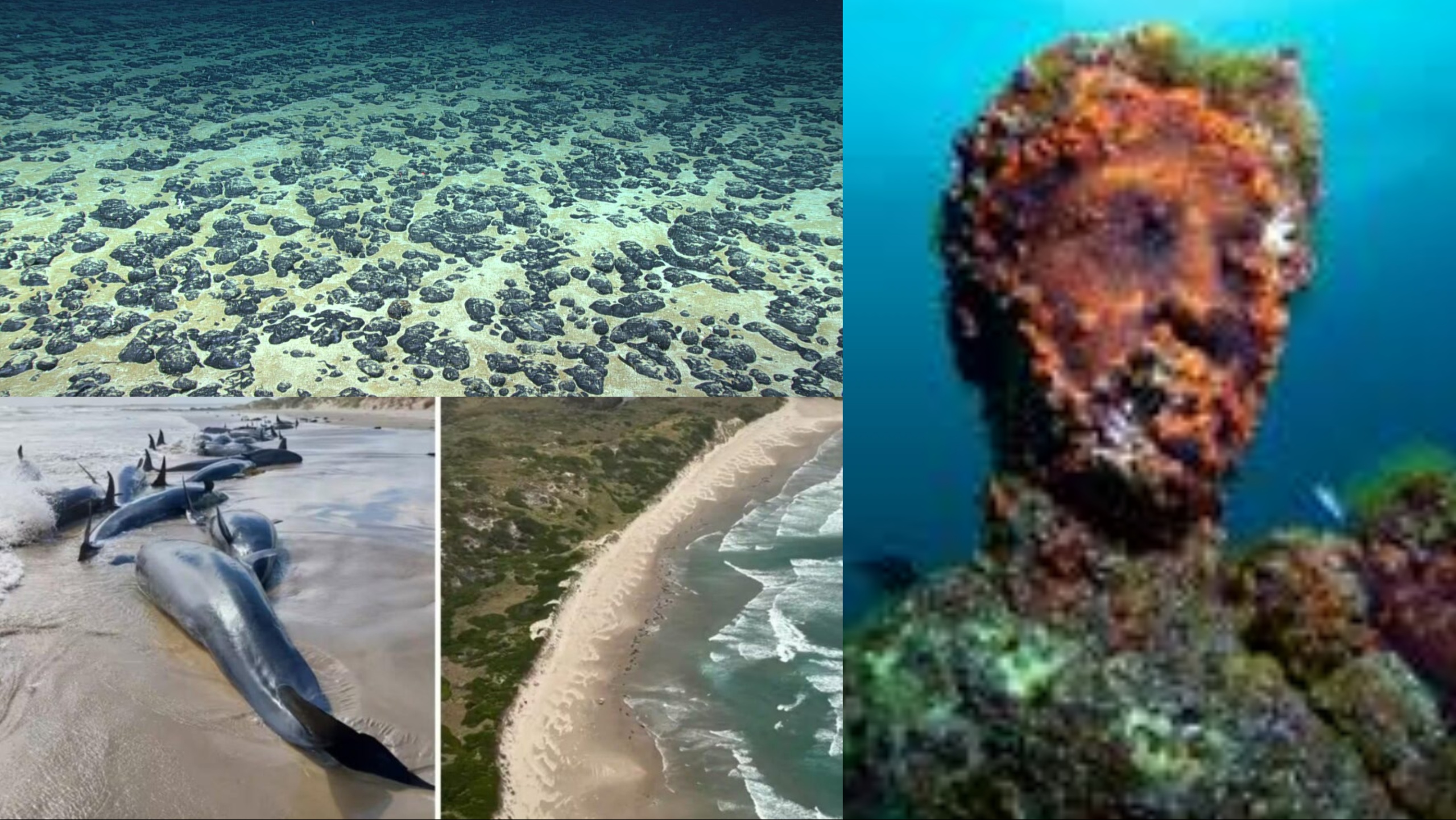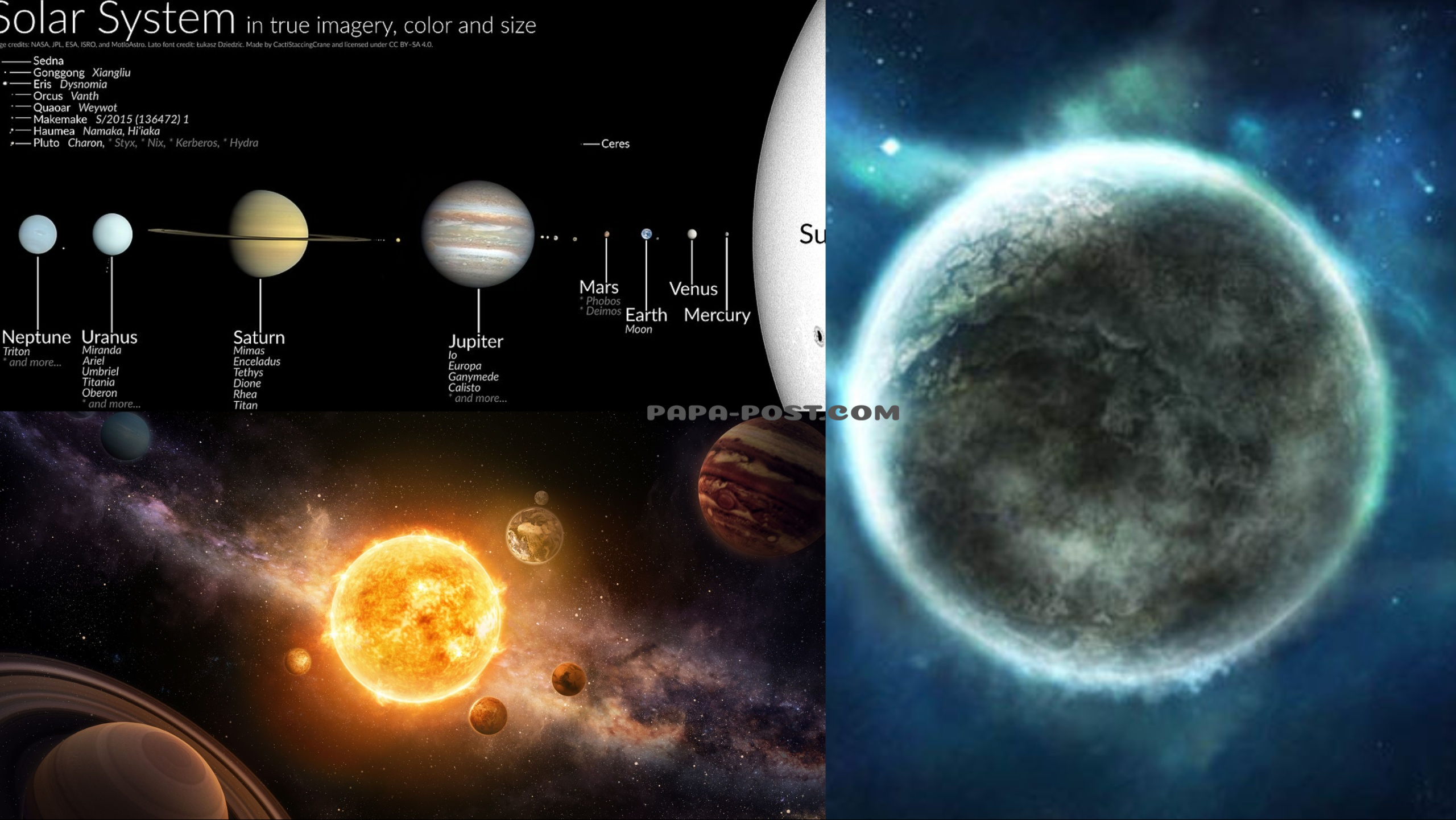Introduction
Beneath the shimmering surface of Earth’s oceans lies a realm as mysterious and unexplored as the far reaches of outer space. Despite covering over 70% of the Earth’s surface, the ocean floor remains largely uncharted. In 2025, new technologies and deep-sea missions have revealed astonishing truths about this final frontier. From alien-like creatures to massive underwater volcanoes and even hints of ancient civilizations, the seafloor continues to challenge our understanding of the planet.
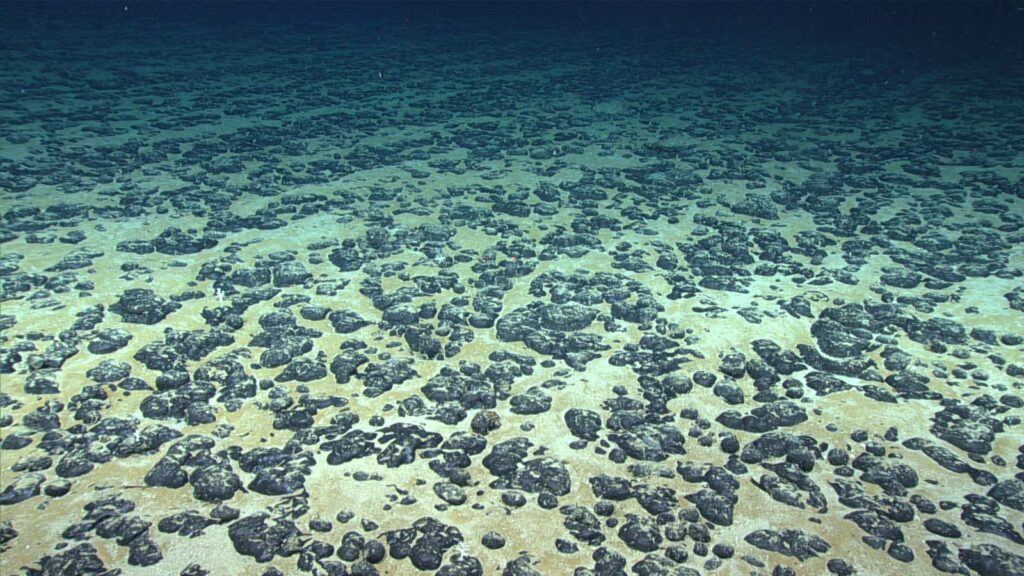
This article dives deep into the strangest discoveries and phenomena from the ocean floor as of 2025—scientific marvels, ecological enigmas, and mind-bending oddities that remind us just how little we truly know about our watery world.
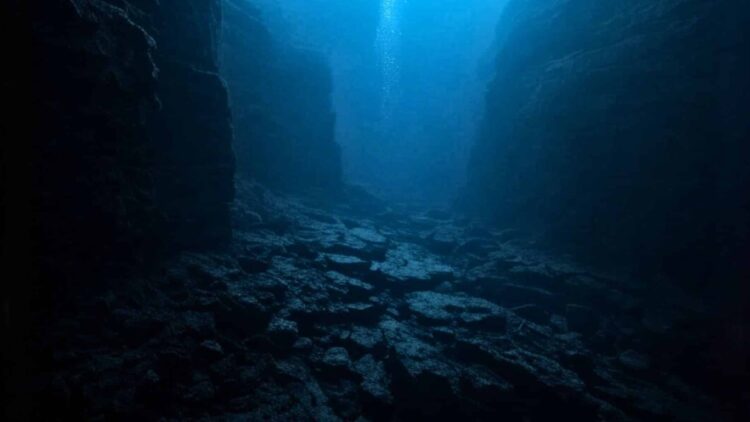
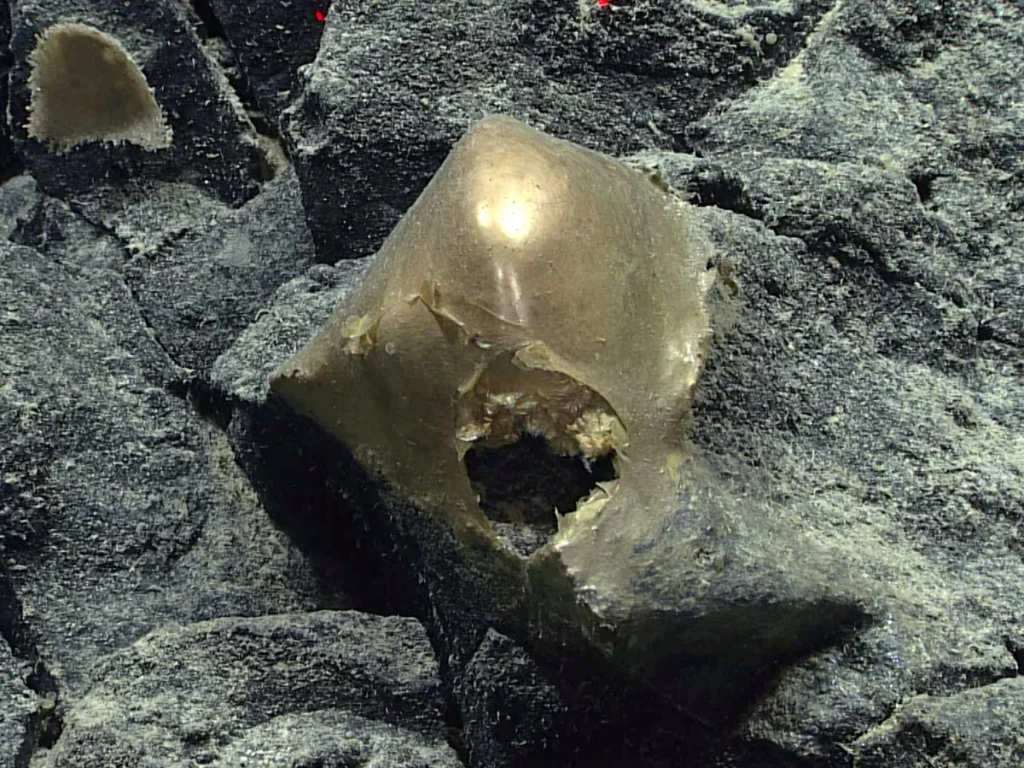
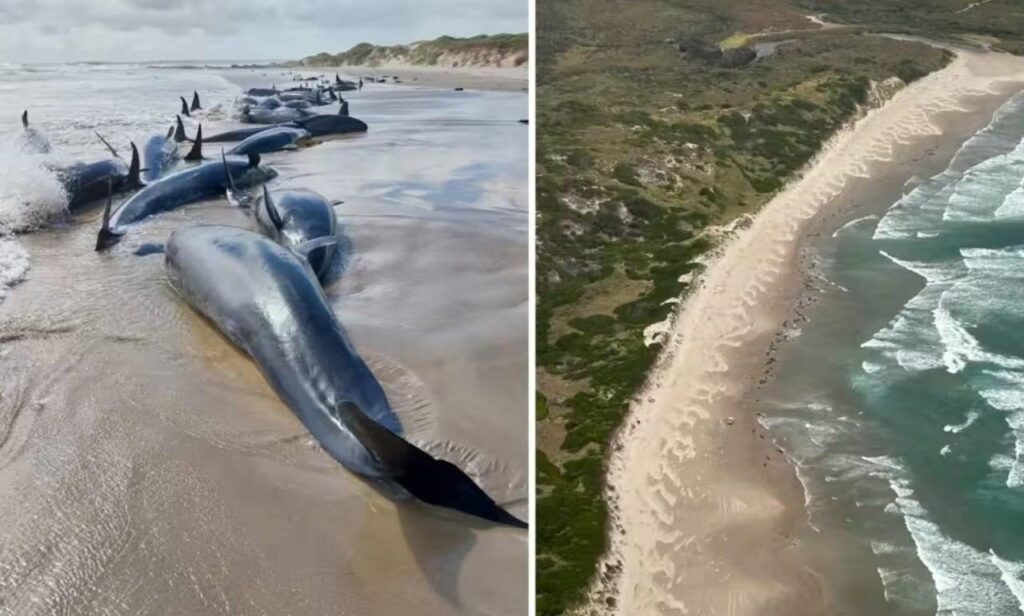

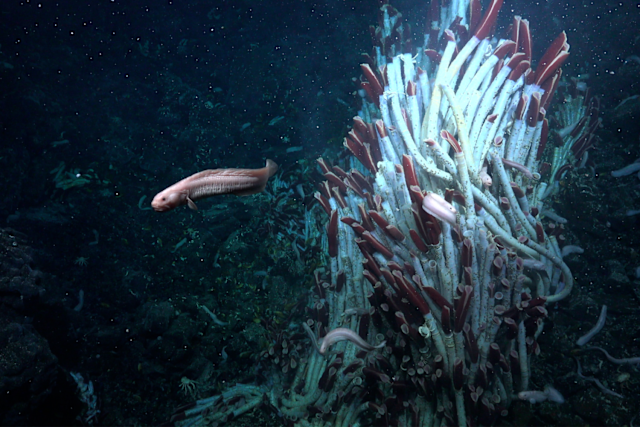
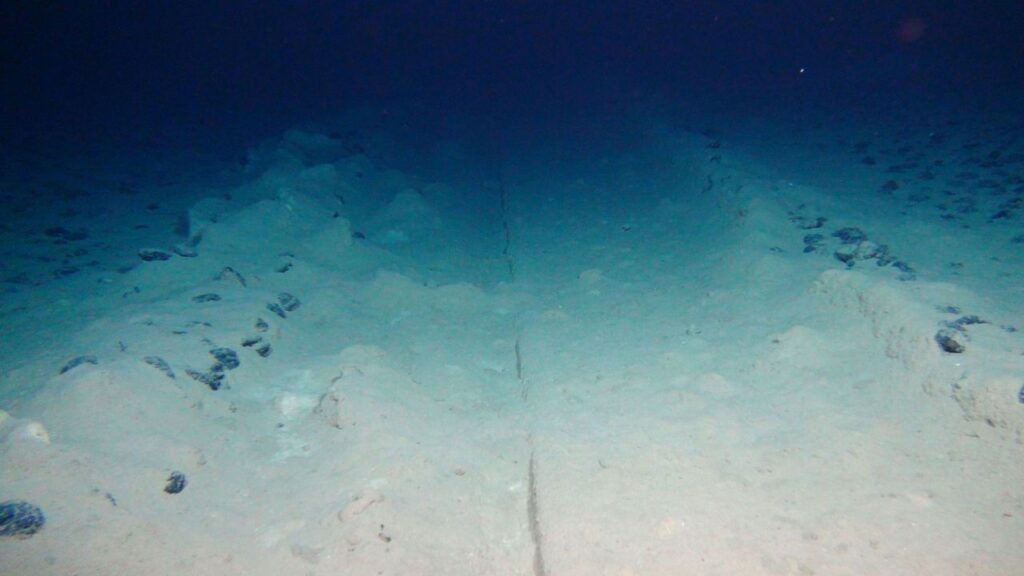
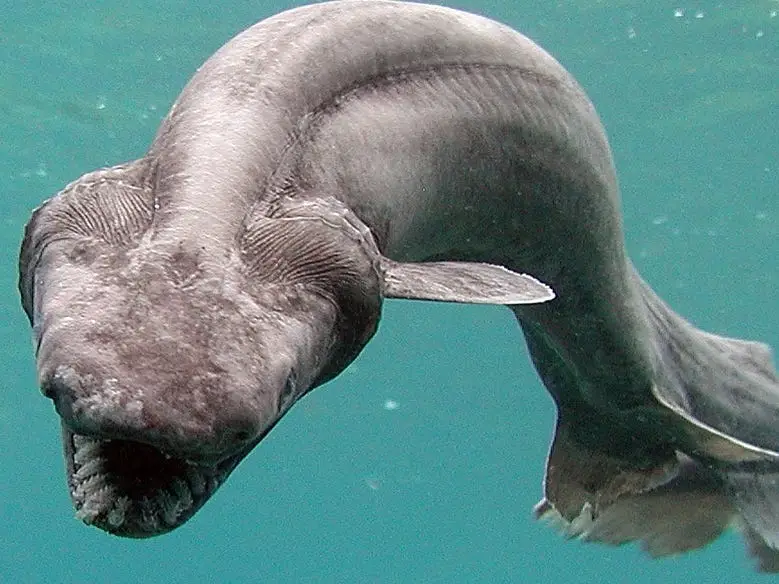
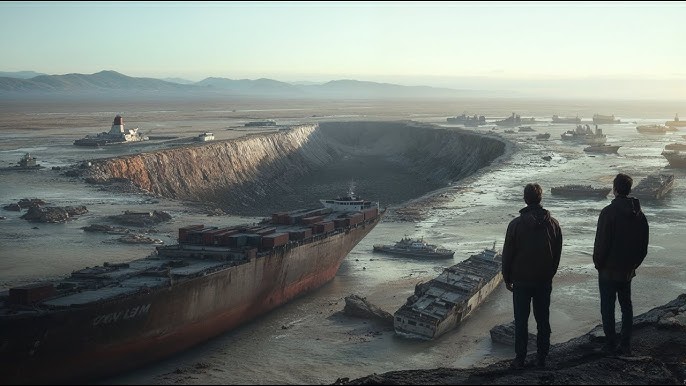
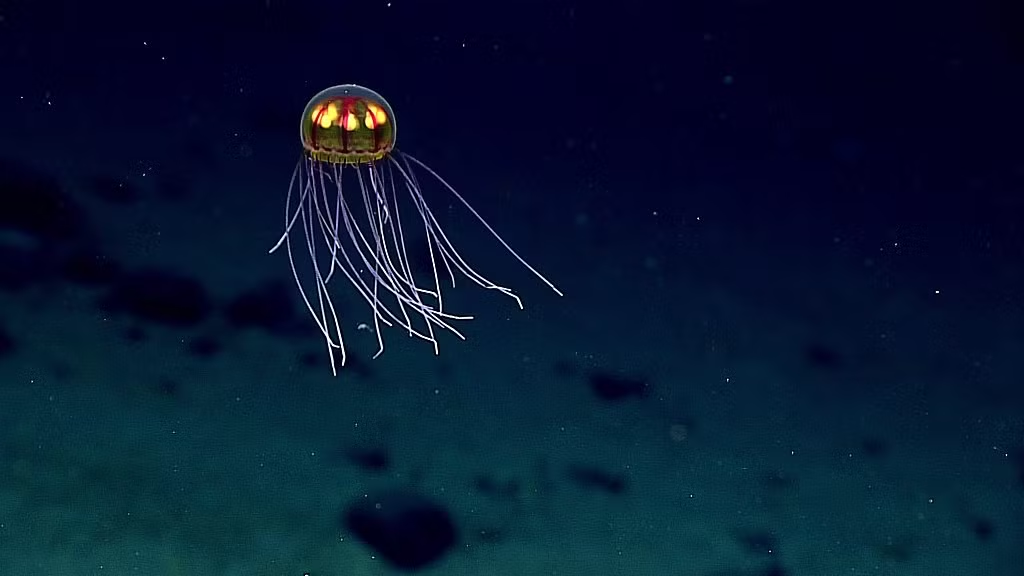
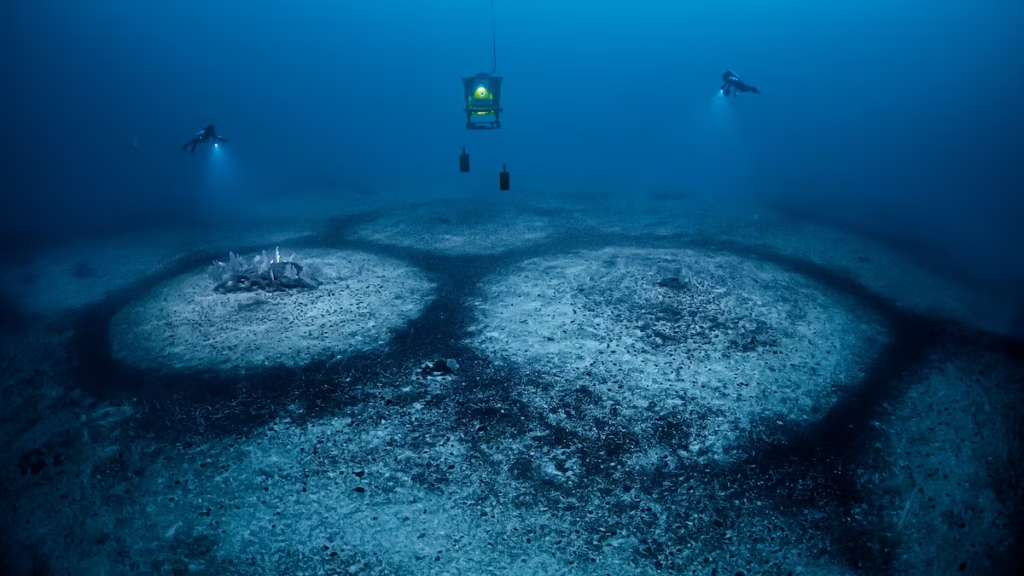
1. Bioluminescent Highways: Underwater Light Shows
One of the most mesmerizing phenomena documented by deep-sea explorers in 2025 is the discovery of bioluminescent highways—miles-long trails of glowing organisms that pulse rhythmically along the ocean floor.
These biological light shows are formed by colonies of bioluminescent plankton and jellyfish that follow nutrient flows and thermal vents. Unlike random flashing, their light patterns are synchronized, suggesting communication or coordinated migration. Researchers have likened the effect to “neon roads” illuminating the seafloor in complete darkness.
Strange Behavior
Some species appear to react to the presence of submarines or ROVs (Remotely Operated Vehicles), turning their lights off as if aware of being watched. Could this suggest primitive intelligence or simply evolved sensitivity?
2. The Singing Trenches: Mysterious Deep-Sea Sounds
Hydrophones deployed in the Mariana and Kermadec Trenches have picked up eerie, unexplained sounds—groans, clicks, and musical tones that resemble whale songs, but don’t match any known marine animal.
Dubbed “the trench choir,” these sounds appear to originate from deep geological fissures. Scientists suspect they may be caused by tectonic movements or the interaction of gas and pressure in deep-sea lava chambers. Others speculate that unknown species could be the source, perhaps using sound for navigation in absolute darkness.
Potential Alien Signal?
A few conspiracy theorists have gone further, claiming the tonal structures resemble artificial signals. Though dismissed by scientists, the idea continues to fuel curiosity—and fear.
3. Gigantic Underwater Sinkholes (“Blue Abysses”)
In 2025, sonar mapping has revealed new massive sinkholes in the seafloor, far larger than any previously discovered. One, located off the coast of the Seychelles, measures over 2 kilometers deep and 4 kilometers wide.
Unlike traditional blue holes, which are circular and steep, these “blue abysses” appear as irregular, gaping chasms. Some are lined with mineral deposits and rare crystals never seen before.
Inside the Abyss
Preliminary dives suggest ecosystems thrive within these sinkholes, including shrimp that feed on chemicals instead of sunlight-driven plankton. But what lies at the very bottom remains unknown—the pressure and darkness make it nearly impossible to reach.
4. Deep-Sea Brine Pools: Lakes Within Oceans
Another fascinating phenomenon in 2025 is the detailed mapping of brine pools, also known as “lakes under the sea.” These are high-salinity, toxic pools that sit on the ocean floor like miniature seas. ROV footage shows waves lapping at their “shores,” and in some cases, beaches formed from salt crystals.
These pools are so dense and acidic that most sea life cannot survive in them. However, bizarre organisms like methane-eating bacteria, blind eels, and jellyfish-like beings thrive there. Some scientists consider these pools to be among the best analogs to alien life on other planets.
5. The Ghost Forests: Sunken Primeval Woodlands
2025 marked the confirmation of several submerged ancient forests on the ocean floor, dating back over 10,000 years—remnants of Earth’s pre-Ice Age landscapes.
In the Gulf of Mexico, sonar and visual surveys uncovered tree trunks and root systems perfectly preserved in low-oxygen mud. These ghostly forests are thought to have been rapidly submerged during post-glacial sea rise.
Mystery of Preservation
Incredibly, some tree structures still emit scent when disturbed—despite being underwater for millennia. Scientists are now studying their rings for clues about prehistoric climates.
6. Hydrothermal Vents and “Black Smokers”
Discovered decades ago, hydrothermal vents remain one of the most bizarre features of the ocean floor. In 2025, improved robotic submarines have identified new classes of vents that emit not just superheated water and minerals but liquid metals like mercury and gallium.
These chimneys, known as “metal breathers,” form towers of crystallized metals that rise dozens of meters high. Strange, armored shrimp and snails congregate around them, adapted to temperatures that would melt lead on the surface.
7. The Great Underwater Wall
One of the most controversial finds in 2025 is the discovery of a vast linear structure off the western coast of Indonesia, buried beneath layers of sediment.
Stretching over 600 kilometers, this wall-like formation is composed of basalt and granite blocks, many of which appear unnaturally aligned. Some researchers suggest tectonic processes, but others believe the formation could be man-made, dating back to a lost civilization.
Could It Be Atlantis?
While mainstream science remains cautious, the site has drawn comparisons to the mythical city of Atlantis and is now under international study. If proven artificial, it could rewrite our understanding of human history.
8. Creeping Ooze and Slime Volcanoes
On several abyssal plains, scientists have observed oozing mounds that grow slowly over time—similar to volcanic activity, but made of gelatinous biological material rather than lava.
These “slime volcanoes” may be the result of microbial colonies building biomass into vast, dome-shaped formations. In one case, an 18-meter-high mound was found excreting chemical gas that paralyzes most nearby animals, creating a “dead zone” around it.
9. The Glass Sponge Cities
In the Southern Ocean, near Antarctica, researchers discovered towering structures of glass sponges that resemble ancient cities. These skeleton-like creatures form intricate arches, spires, and domes, hosting micro-ecosystems inside.
Each formation can live for over 15,000 years, making them among the longest-living organisms on Earth. Some colonies span several kilometers, with organisms cooperating across generations.
10. Trash Trenches and Deep-Sea Debris Fields
Perhaps the strangest—and saddest—aspect of the 2025 ocean floor is the discovery of enormous fields of human waste, including plastic, electronic devices, sunken containers, and even abandoned military tech.
One of the most haunting discoveries is the so-called “ghost fleet graveyard” near the Mariana Trench—a region with over 300 sunken ships, many never recorded in history books.
Strange Interactions
Life forms have adapted to this debris: crabs living in tin cans, eels nesting in plastic bottles, and coral growing on old torpedoes. It’s a surreal reminder of humanity’s footprint, even in the deepest, darkest corners of the world.
11. Living Rock Formations
Several deep-ocean expeditions in 2025 reported finding living rocks—mineral structures that grow, breathe, and move microscopically.
These are colonies of extremophile bacteria that use iron and manganese to build protective shells, giving the appearance of sentient boulders. Their slow movements and growth patterns resemble time-lapse footage of coral or fungi, hinting at completely different forms of life we’re only beginning to understand.
12. Seafloor “Crop Circles”
Off the coast of Japan and Australia, symmetrical patterns have been found on the seafloor resembling crop circles. Initially dismissed as geological quirks, they are now believed to be crafted by deep-sea pufferfish and other unknown species during mating rituals.
Some patterns stretch over 2 meters wide, with perfectly etched ridges and spirals. Recent footage shows males laboring for days to construct these underwater artworks to attract females.
13. Chemical Rain and Methane Showers
Over methane seeps and gas hydrates, scientists recorded chemical “rain” falling through the water column—dense clouds of compounds like ethane, methane, and sulfur particles.
These rains feed unique ecosystems that float freely over the seafloor, behaving more like sky islands than fixed habitats. The phenomenon also raises questions about how similar systems might exist under the icy crusts of Europa or Enceladus, moons thought to harbor subsurface oceans.
14. Lost Drones and Submarines
In the deepest trenches, dozens of exploratory drones have disappeared—never returning to the surface or going offline with no explanation. Some believe intense pressure or malfunctions are to blame, but in 2025, a recovered ROV camera showed footage of a tentacled shadow closing in before signal loss.
Though inconclusive, this has revived tales of deep-sea leviathans and cryptid sea monsters. Could there be creatures too large or elusive for us to comprehend?
15. Shifting Tectonic Plates and Underwater Earthquakes
Finally, the ocean floor is not static—it’s alive with motion. New satellite-linked instruments have shown that tectonic plates under the sea move more dramatically than previously thought.
One such plate near the Tonga Trench is moving up to 11 centimeters per year, creating undersea quakes, lava eruptions, and massive submarine landslides. These shifts may one day lead to the formation of new continents—or the sinking of existing ones.
Conclusion
The ocean floor in 2025 is a world of wonder, terror, and transformation. From glowing highways to lost civilizations, nature’s ingenuity continues to surprise us beneath the waves. Despite technological advances, 80% of the seafloor remains unexplored—teeming with secrets waiting to be discovered.
In the end, the ocean reminds us that Earth is still a wild and mysterious planet. We are merely beginning to understand the depths—and perhaps, ourselves.
